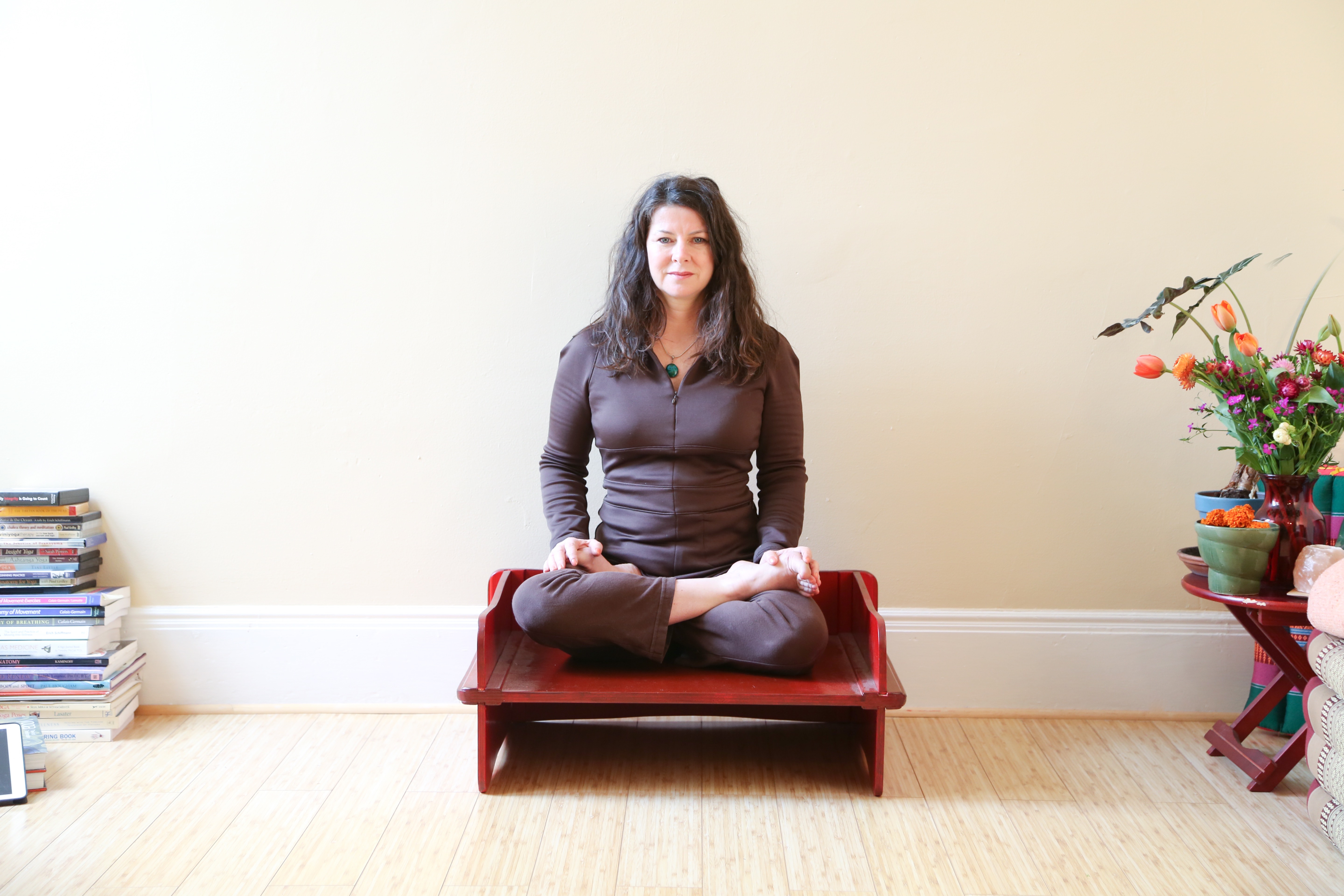 The first yogis were among those who wisely understood the productive power of the heart. They saw the heart’s symbolic color as green– the color we associate with money, sustainability and potential.
The first yogis were among those who wisely understood the productive power of the heart. They saw the heart’s symbolic color as green– the color we associate with money, sustainability and potential.
The “Anahata,” or Heart Chakra in many yogic traditions is represented by a green flower whose bloom is synonymous with willpower and the ability to manifest intentions. The first reason is simple and evident- the anatomical heart and lungs (which are also part of the Heart Chakra in yoga) expand and contract flowerlike as they circulate the blood and oxygen that provide us with energy.
Furthermore, the word “Anahata” can be translated as “un-struck sound” or “not striking– yet sounding.”
The anatomical heart is (hopefully) never struck, yet beats a steady drum-like rhythm through the body for a lifetime. In the yogic tradition, this “beat that comes from nothing” symbolizes our own ability to utilize the creative power of the universe– in physics, medicine, industry, art, in our relationships and also in yoga to “make something from seemingly nothing.” Even without understanding the science involved we use natural resources (including our own intelligence) according to our own means and to accomplish our goals.
For this reason, the yogic wish-fulfilling tree (called “Kalpataru” in Sanskrit) is said to live in the heart. The wish-fulfilling power of the heart is most significant as it works within to our own interior universe. Similarly, our ability to love and nurture others is based in our own self-love and ability to nurture ourselves.
- Self confidence and esteem factor heavily into our ability to manifest intentions and are commonly associated with the heart in yoga.
- Also, our sense of competition– with ourselves and with others– is strongly connected to the heart, as are our beliefs about winning and losing.
This reminds us as we interact with ourselves and others that intelligence alone does not insure success, while self-confidence can outshine all sorts of challenges– mental, physical, economic or cultural.
“Prana” is the Sanskrit word for the energy that empowers living things. (Non-living things have no prana). In humans, prana is not the breath, blood or oxygen, but the lifeforce these elements help to create. The presence of prana/lifeforce is what keeps the heart beating like an “unstuck” drum.
Because love and lifeforce mutually generate one another, yogic cosmology sees love and lifeforce as flowing together– from one living thing to another, animating the entire universe. In one sense, love is everywhere and comes to us gratis, but also can be wisely cultivated and nurtured. In an everyday example, the care we give a plant, how much or how little we give, is passed on to others– as oxygen, and sometimes as food, clothing, shelter or medicine.
A few of the many yogic practices that strengthen the heart– anatomically, emotionally, spiritually are: yoga postures (“asana” in Sanskrit); breathing practices (“pranayama”); the chanting of “Om” (the seed-sound creative energy makes as it unfolds); meditations on the emotional body and the practice of compassion in everyday life. Because these practices can be authentic and effective without understanding the physiology behind them, the “unstruck beat” principle reverberates infinitely through our lives.
Namaste.
___________

